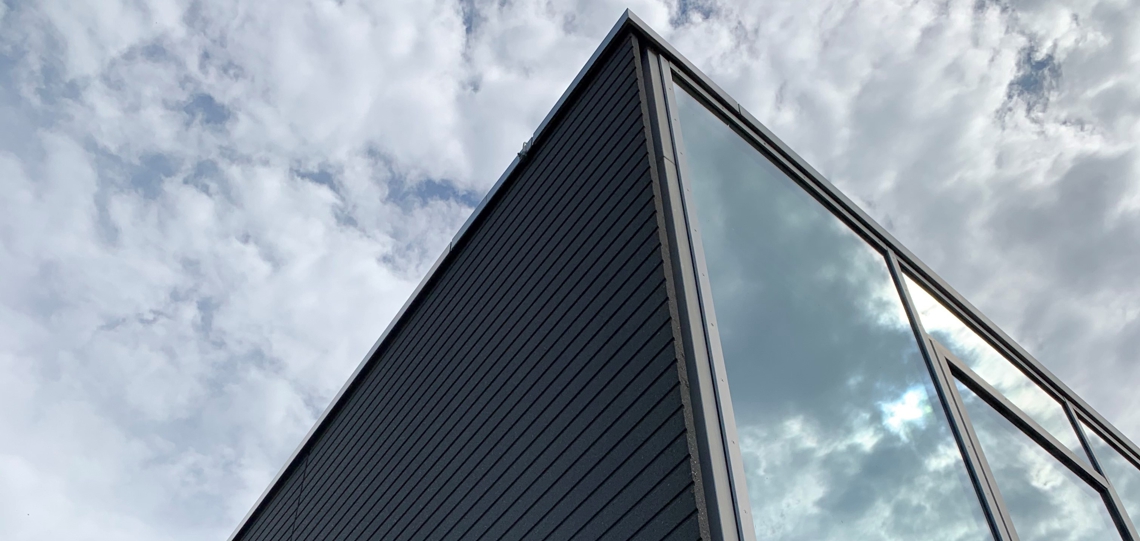28. June 2023
In addition to the general trend in the construction industry to use prefabricated system components for the erection of buildings, sandwich elements are becoming increasingly important. A predominant role is played by facade elements, which as standard consist of two reinforced concrete face layers and an insulating core layer of mineral wool. In addition to load transfer (dead weight, ceiling or roof loads and wind loads), sandwich facade elements must also meet requirements in terms of thermal insulation of the building and the architectural design of the surfaces. However, when using inlaid insulation layers without a frictional connection to the face layers, bonding agents must be installed to activate the composite load-bearing effect between the two face layers (sandwich load-bearing effect). Typically, the thicknesses of the face sheets are between 80 mm (facing layer) and at least 200 mm (load-bearing layer) and of the insulation layer between 60 mm and 250 mm. In combination with a reinforced concrete facing layer (t≥80 mm), high forces act on the fasteners between the two facing layers. Equally problematic is the thickness of the overall structure of up to 500 mm, which makes space-saving construction and the largest possible usable area with the same building cubature difficult.
By using textile concrete, the concrete cover thicknesses can be significantly reduced, which reduces both the dead weight and the consumption of resources. As a result of the lower dead weight, the stress on the sandwich anchor is also reduced. Depending on the appearance of the facade and the desired joint pattern, large-format facade elements may also be required. However, larger elements tend not to remain flat, and so-called “bowling” occurs. This effect can be intensified by the arrangement of thin facing sheets. In addition, cracking due to shrinkage and constraining stresses resulting from temperature fluctuations can occur, especially in thin facing shells. These effects can be avoided by a suitable arrangement of the textile composite materials.
This project was successfully completed.




